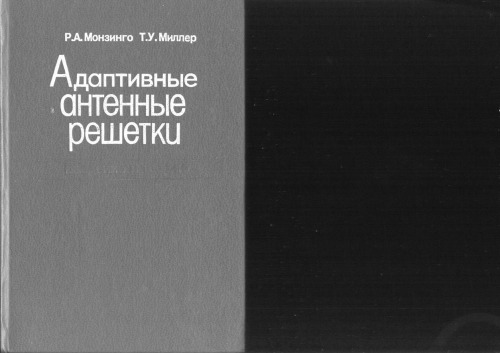- 2 402 202 книги
libcats.org



Archigram: Architecture without Architecture
Simon SadlerShortlisted for the 2008 Bruno Zevi Award presented by International Committee of Architectural Critics (CICA). and Winner, Trade Illustrated Category, 2006 AAUP Book Jacket and Journal Show.
In the 1960s, the architects of Britain's Archigram group and Archigram magazine turned away from conventional architecture to propose cities that move and houses worn like suits of clothes. In drawings inspired by pop art and psychedelia, architecture floated away, tethered by wires, gantries, tubes, and trucks. In Archigram: Architecture without Architecture, Simon Sadler argues that Archigram's sense of fun takes its place beside the other cultural agitants of the 1960s, originating attitudes and techniques that became standard for architects rethinking social space and building technology. The Archigram style was assembled from the Apollo missions, constructivism, biology, manufacturing, electronics, and popular culture, inspiring an architectural movement—High Tech—and influencing the postmodern and deconstructivist trends of the late twentieth century.
Although most Archigram projects were at the limits of possibility and remained unbuilt, the six architects at the center of the movement, Warren Chalk, Peter Cook, Dennis Crompton, David Greene, Ron Herron, and Michael Webb, became a focal point for the architectural avant-garde, because they redefined the purpose of architecture. Countering the habitual building practice of setting walls and spaces in place, Archigram architects wanted to provide the equipment for amplified living, and they welcomed any cultural rearrangements that would ensue. Archigram: Architecture without Architecture—the first full-length critical and historical account of the Archigram phenomenon—traces Archigram from its rediscovery of early modernist verve through its courting of students, to its ascent to international notoriety for advocating the ''disappearance of architecture.''
In the 1960s, the architects of Britain's Archigram group and Archigram magazine turned away from conventional architecture to propose cities that move and houses worn like suits of clothes. In drawings inspired by pop art and psychedelia, architecture floated away, tethered by wires, gantries, tubes, and trucks. In Archigram: Architecture without Architecture, Simon Sadler argues that Archigram's sense of fun takes its place beside the other cultural agitants of the 1960s, originating attitudes and techniques that became standard for architects rethinking social space and building technology. The Archigram style was assembled from the Apollo missions, constructivism, biology, manufacturing, electronics, and popular culture, inspiring an architectural movement—High Tech—and influencing the postmodern and deconstructivist trends of the late twentieth century.
Although most Archigram projects were at the limits of possibility and remained unbuilt, the six architects at the center of the movement, Warren Chalk, Peter Cook, Dennis Crompton, David Greene, Ron Herron, and Michael Webb, became a focal point for the architectural avant-garde, because they redefined the purpose of architecture. Countering the habitual building practice of setting walls and spaces in place, Archigram architects wanted to provide the equipment for amplified living, and they welcomed any cultural rearrangements that would ensue. Archigram: Architecture without Architecture—the first full-length critical and historical account of the Archigram phenomenon—traces Archigram from its rediscovery of early modernist verve through its courting of students, to its ascent to international notoriety for advocating the ''disappearance of architecture.''
Ссылка удалена правообладателем
----
The book removed at the request of the copyright holder.
----
The book removed at the request of the copyright holder.
Популярные книги за неделю:
#2

В.Бекетов, К.Харченко. Измерения и испытания при конструировании и регулировке радиолюбительских антенн (djvu)
4.82 Mb
#4

Самодельные детали для сельского радиоприемника
Авторы: З.Б.Гинзбург, Ф.И.Тарасов.Категория: радиоэлектроника
1.40 Mb
Только что пользователи скачали эти книги:
#7

Адаптивные антенные решетки
Монзиго, МиллерКатегория: 1679581-Подборка книг по дисциплинам РТС
121.55 Mb











